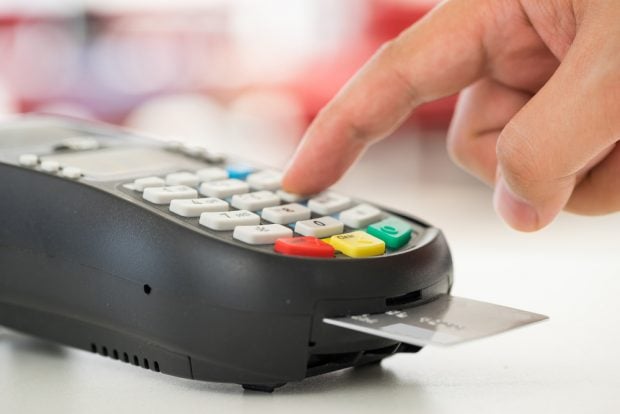 Source: alice-photo/Shutterstock.
Source: alice-photo/Shutterstock.
Credit union members continued their pattern of higher spending via debit and credit cards in the week that ended Oct. 25 compared with spending a year earlier, according to a PSCU report released Monday.
The St. Petersburg, Fla.-based payments CUSO's Transaction Trends Update showed members spent 15.8% more via debit card in Week 43, in line with the four-week average gain of 15.8%.
Recommended For You
Credit card spending rose 5.5%, its eighth consecutive week of growth and higher than the four-week average gain of 4.8%.
The four week trends showed slowing debit gains and accelerating credit card gains for October than in September comparisons. Spending in the four weeks ending Sept. 27 rose 18.5% by debit and 4.3% by credit card, compared with the four weeks spanning most of September 2019.
"Card purchase volume continued to show strength in Week 43, even as credit spend in the travel sector remains substantially down year over year," Glynn Frechette, SVP at PSCU, said. "For the year, debit is up over 11% — well over its historical rate — while credit excluding travel is up almost 2%."
The highest gains in credit card purchases were in the Great Lakes (+6.1%), Plains (+8.4%) and Southeast (+7.0%) regions. Declines occurred in Hawaii (-2.4%) and New England (-0.4%).
Debit gains were highest in the Plains (+16.4%) and Southeast (+18.4%), and weakest in Hawaii (+6.9%), the Rocky Mountains (+8.8%) and Far West (+12.2%).

Consumers continue to use their cards more heavily online or through card-not-present transactions. Consumers completed 51.7% of their credit card spending and 41.2% of their debit spending by card-not-present methods.
Among card-present transactions, PSCU found spending continues to rise for "tap-and-go" transactions using dual interface cards that allow a consumer to pull up their card on their mobile phone and tap the screen to accept the charge.
The gains have been driven by a combination of increased member use and the growing number of merchants offering the option, according to PSCU.
"One of the expectations of contactless is the displacement of smaller-dollar 'everyday spend' purchases that most often take place with cash. Accordingly, the average purchase amount for tap-and-go is lower than non-contactless transactions," the report said.
For Week 43, the average purchase for contactless debit was $20.53, compared with $40.43 for all debit. Contactless credit purchases were $41.33 on average, compared with $64.82 for all credit purchases.
The reports are on a same-store basis, meaning a member credit union's results are included only if it also has results for the prior period.
© 2025 ALM Global, LLC, All Rights Reserved. Request academic re-use from www.copyright.com. All other uses, submit a request to [email protected]. For more information visit Asset & Logo Licensing.








